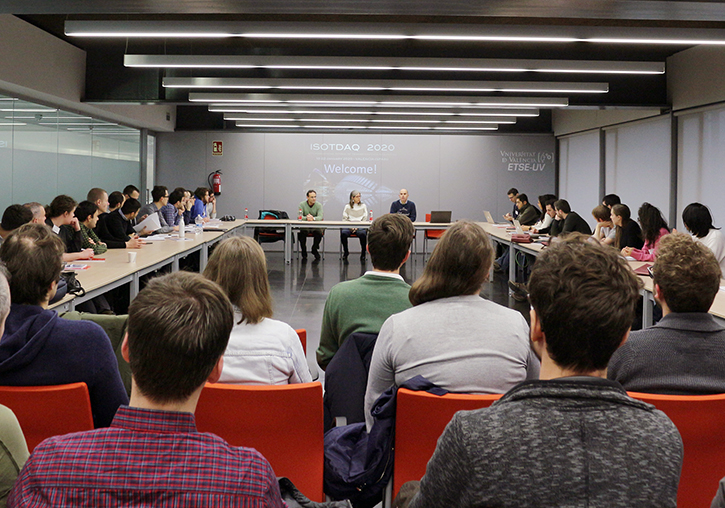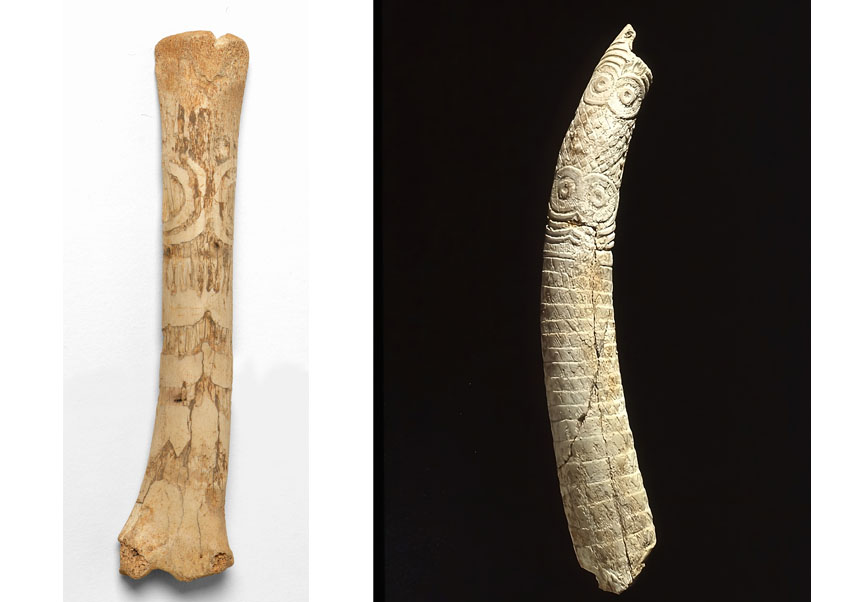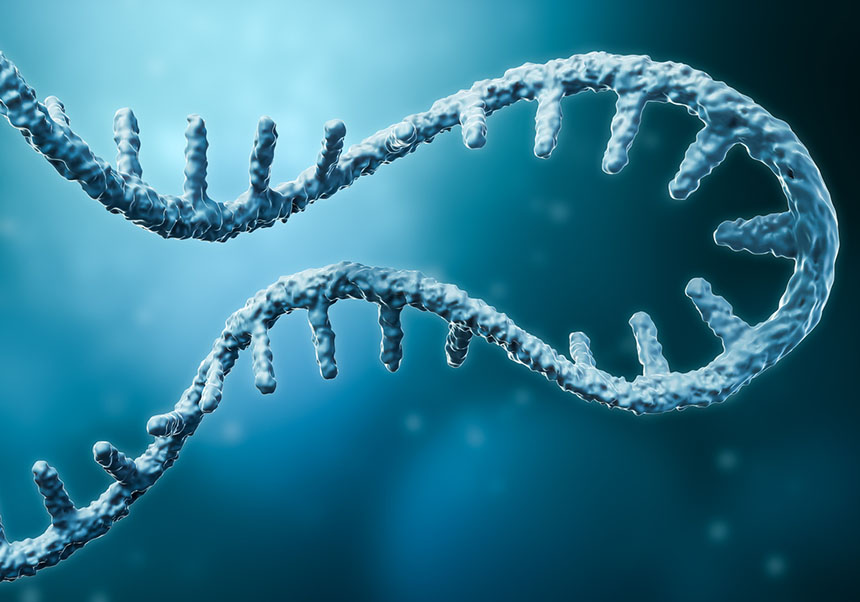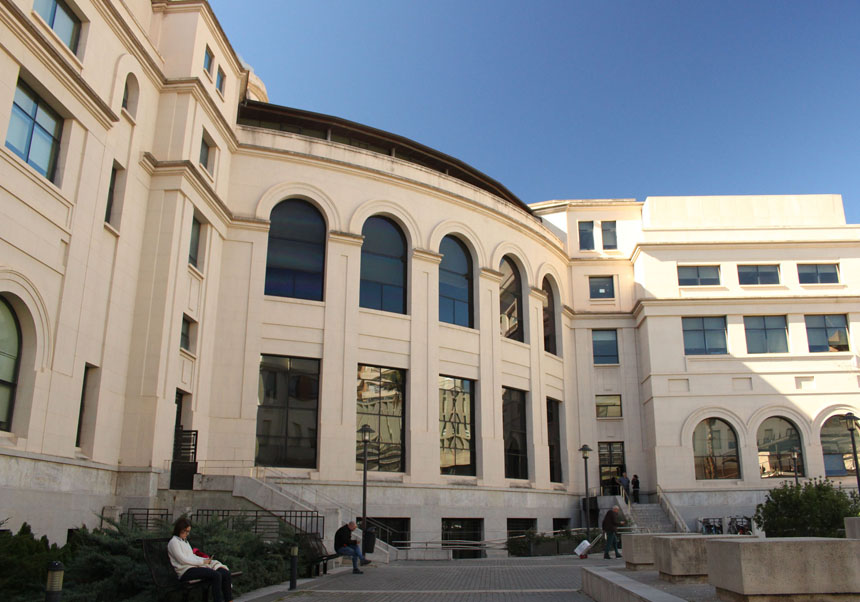The IFIC hosts CERN’s Data AcQuisition School for the first time in Spain
- Science Park
- January 13rd, 2020

The Institute of Corpuscular Physics (IFIC) is organising the international school of trigger and data acquisition ISOTDAQ 2020 of the CERN. This event celebrates its eleventh edition and its being held in Spain for the very first time. Starting today until the 22nd January, experts from the European Particle Physics Laboratory explain the developments in techniques to collect the huge amount of data expected at the High-Luminosity LHC.
From 13th to 22nd January, CERN experts will give theoretical and practical lectures in the classrooms and laboratories of the Engineering Technical School (ETSE) of the Universitat de València to 56 selected students. On the agenda are changes to the data acquisition systems of the Large Hadron Collider (LHC) experiments in preparation for the expected data flood at the High-Luminosity LHC in 2027, which is expected to increase tenfold the data obtained at the world's largest particle accelerator. CIEMAT collaborates with the school’s organisation.
The LHC experiments are large devices that record the collisions between subatomic particles that occur within them to study the components of matter that make up the Universe. There are currently 40 million collisions per second in large experiments such as ATLAS, a giant of 45 meters in length and 25 in diameter. Given the impossibility of recording all collisions, the experiments have complex data acquisition and trigger systems, a method that selects only the collisions of interest to physics.
The renovation of the LHC, the so-called High-Luminosity LHC, will significantly increase the number of collisions. The experiments expect to obtain up to 10 times more data, a great challenge for the acquisition and trigger systems. According to Alberto Valero Biot, member of the IFIC group (joint centre between the Universitat de València and the CSIC) develops the new electronics of one of the sub-detectors of the ATLAS experiment and organiser of the school, this requires going from the 160 gigabits per second of the current electronic reading systems to 40 terabits per second. “It is about hanging a system based on 90s’ standards for another with 21st century technology”, outlines Valero.
This new data acquisition system for the High-Luminosity LHC is based on the ATCA (Advanced Telecommunications Computing Architecture) standard, which is used in today's mobile telephony. It involves multiplying the data reading bandwidth by 100 “without increasing the volume of electronics,” highlights Valero. The IFIC group is one of the most important in the ATLAS experiment, a collaboration of more than 3,000 scientists from around the world, with extensive experience in the development and operation of current data acquisition systems, so the choice of CERN to hold this school in València is not accidental. CIEMAT also collaborates with the organisation, Spanish research centre that participates in the CMS experiment.
During the 10 days of the school, CERN experts give theoretical and practical classes to 56 students selected from 160 applications received from all over the world. Physics and engineers of the LHC experiments participate along with researchers of other experiments such as the IXPE telescopes (NASA); the neutrino detector JUNO (China); the Pierre Auger observatory of cosmic rays (Argentina); or the European Spallation Source (ESS). Practice includes exercises in programming, digital electronics, scintillator detection, or the use of GPUs, the type of computing used in Artificial Intelligence. A visit to the IFIC is programmed for the school participants the Thursday 16th January.
This is the first time that this school is held in Spain, after the editions held in the United Kingdom, Austria, the Netherlands, Israel, Brazil, Hungary, Greece, Poland, Italy and Turkey. The event is funded by the Institute of Corpuscular Physics, the Department of Atomic, Molecular and Nuclear Physics Department of the Faculty of Physics of the Universitat de València and the Universitat itself, as well as the CIEMAT.
The inauguration, held on January 13th, was attended by Nuria Rius, director of the IFIC, and Luca Fiorini (left at the table) and Alberto Valero (right), two of the organisers of the IFIC school.
More information:
File in: Astronomía y Astrofísica
















